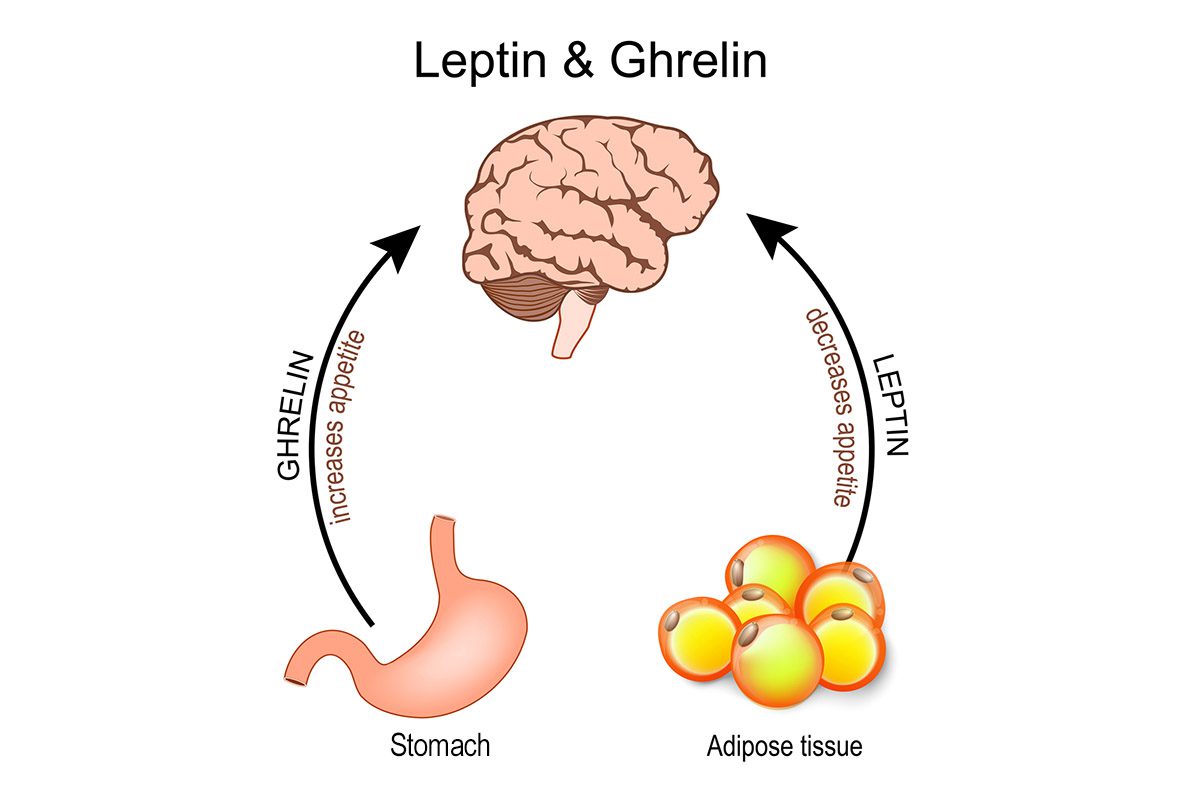Background: Prior studies suggest that certain psychiatric and medical disorders co-occur with binge eating disorder (BED). However, there has been no large, community-based study with diagnoses made by clinician interviewers. We used data from that type of study to assess the co-occurrence of various psychiatric and medical disorders with DSM-IV BED and with subthreshold BED.
Method: From October 2002 to July 2004, we interviewed 150 probands with BED, 150 probands without BED, and 888 of their first-degree relatives (135 of whom had BED, and 54 of whom met specific partial criteria for BED that we defined as subthreshold BED). Study participants were interviewed using the Structured Clinical Interview for DSM-IV to assess BED and other psychiatric disorders and a supplemental structured interview to assess certain medical disorders; participants also completed a self-report questionnaire, the Bad Things Scale. For each psychiatric and medical disorder, we calculated the age- and sex-adjusted co-occurrence odds ratio: the odds of having that disorder in one’s lifetime among individuals with (full or subthreshold) lifetime BED compared to individuals without lifetime BED. We also used subjects’ responses to the Bad Things Scale to adjust for adversity over-reporting, a type of response bias that could result in spurious findings of co-occurrence.
Results: Full BED co-occurred significantly with bipolar disorder, major depressive disorder, bulimia nervosa but not anorexia nervosa, most anxiety disorders, substance use disorders, body dysmorphic disorder, kleptomania, irritable bowel syndrome, and fibromyalgia. These results changed little after correcting for adversity over-reporting. Subthreshold BED co-occurred significantly with many, but not all, of the significantly co-occurring disorders for full BED.
Conclusion: BED and, to a lesser degree, subthreshold BED exhibit substantial lifetime co-occurrence with psychiatric and medical disorders.
Continue Reading...
Members enjoy unlimited free PDF downloads as part of their subscription! Subscribe today for instant access to this article and our entire library in your preferred format. Alternatively, you can purchase the PDF of this article individually.
Please sign in or purchase this PDF for $40.00.
Save
Cite
Already a member? Login



